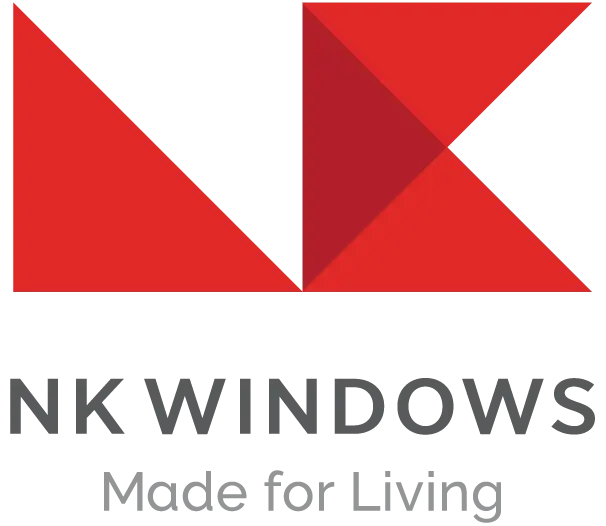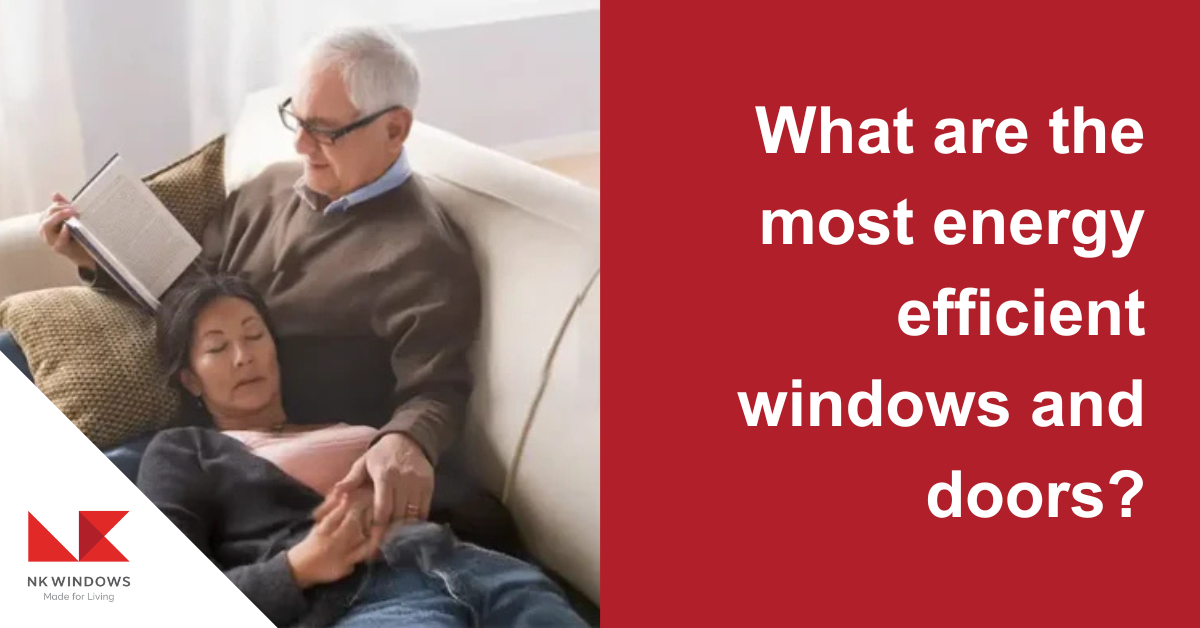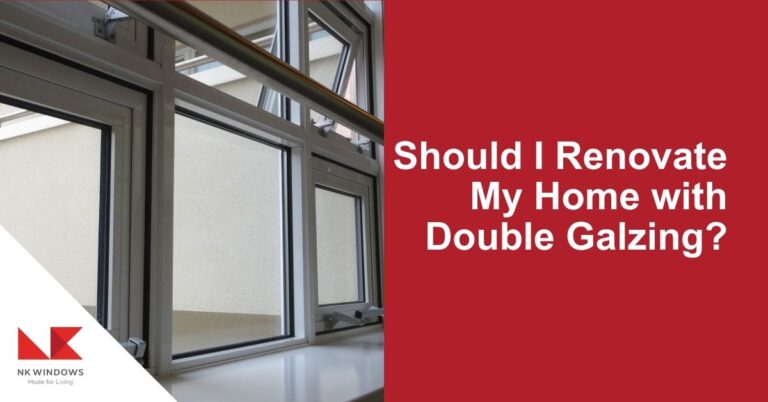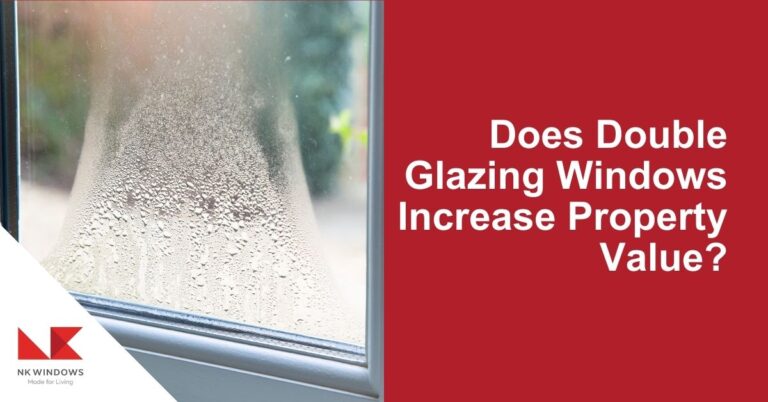As energy costs continue to rise, more homeowners in New Zealand are looking for ways to improve their home’s energy efficiency.Windows play a vital role in maintaining indoor comfort and reducing energy consumption.
The right windows can minimise heat loss, lower utility bills, and make your home more environmentally friendly. In this blog, we’ll explore the most energy efficient window options, materials, and technologies available to help you make an informed decision.
Why Energy Efficient Windows and Doors Matter
Windows are often the weakest link when it comes to a home’s insulation. Poor-quality or outdated windows can allow heat to escape during winter and overheat your home in summer.
Energy efficient windows will combat these issues by regulating indoor temperatures more effectively. This will help reduce reliance on heating and cooling systems, lower energy bills, and create a more comfortable and draught-free home.
By upgrading to energy efficient windows, you’re also contributing to a greener future by reducing your carbon footprint.
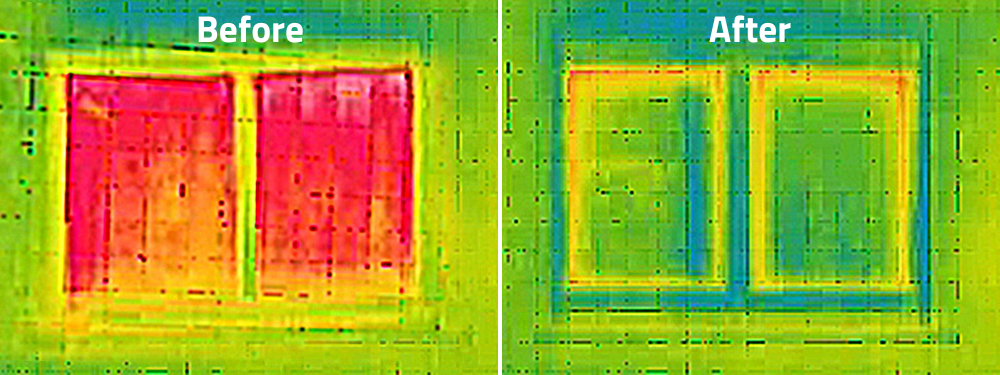
Types of Energy Efficient Window and Door Glass
Choosing the right type of glass for your windows and doors is crucial for maximising energy efficiency. Here are some of the most effective options:
Double-Glazed Windows and Doors
Double-glazed windows are well known for their excellent insulation properties. In New Zealand, most new houses and additions will require double glazing to comply with the New Zealand Building Code. For renovation, if you don’t require consent, double-glazing isn’t mandatory, but is worth considering for improved warmth and energy efficiency.
These windows consist of two glass panes separated by a sealed space filled with air or inert gas. This design offers several attractive benefits:
- Reduces heat transfer
- Minimises condensation
- Improves sound insulation
Double-glazing is especially effective in moderate climates, making it a great option for many New Zealand homes.
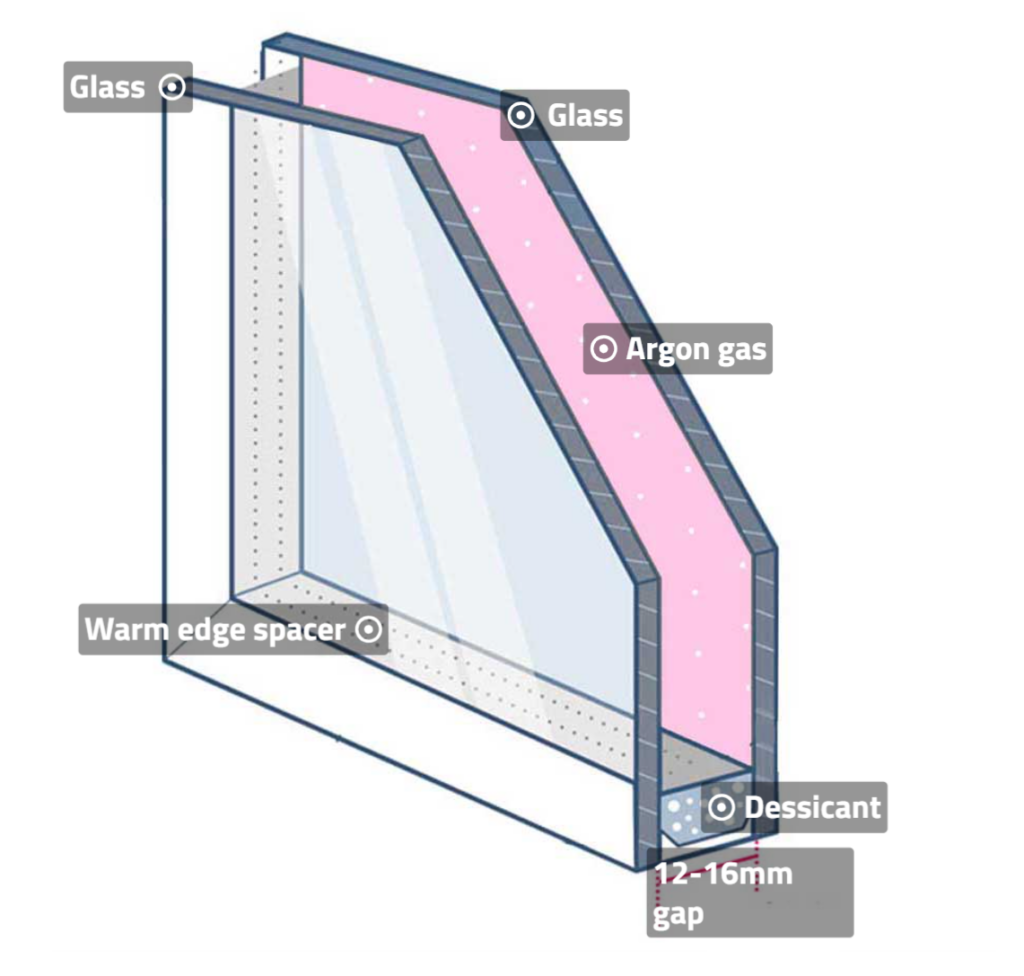
Triple-Glazed Windows and Doors
For those living in colder regions, triple-glazed windows offer even better thermal performance. These windows feature three glass panes with an insulating gas between each layer, providing:
- Superior insulation
- Enhanced soundproofing
- Better resistance to condensation
While triple glazing is more expensive than double glazing, its energy-saving benefits can make it a worthwhile investment in the long run.
Low-E Coated Windows
Low-emissivity (Low-E) windows are another excellent option for energy efficiency. For new builds or consented renovations in New Zealand, these windows are a building code requirement. Low-E windows have a special coating that reflects heat while allowing natural light to pass through, meaning that:
- More heat is retained inside during winter
- Excessive heat is blocked during summer
- High levels of natural light are maintained
This makes them a versatile choice for year-round energy efficiency.
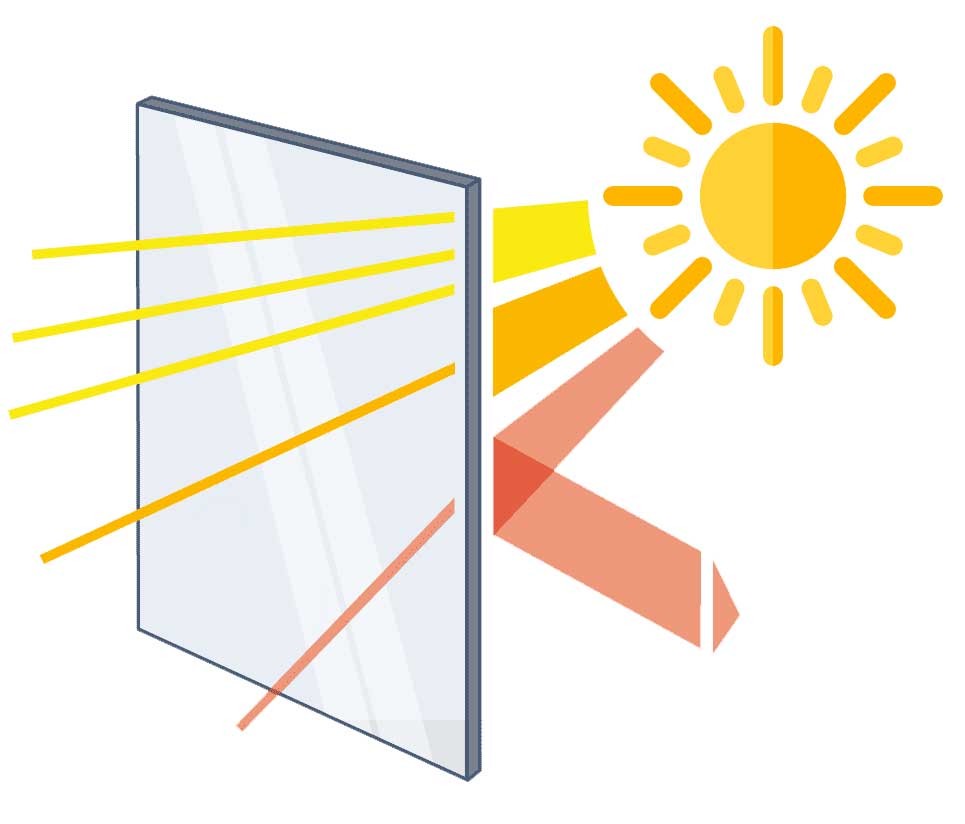
Best Frame Materials for Energy Efficiency
The frame material you choose can significantly impact the energy efficiency of your windows and doors. Here are the top contenders:
uPVC Frames
uPVC (unplasticised polyvinyl chloride) frames are a leading choice for energy efficiency. uPVC frames are also cost-effective and widely available, making them a practical choice for many homeowners. They offer superior benefits over other materials:
- Excellent thermal insulation
- Durability and low maintenance
- Resistance to moisture and corrosion
Wooden Frames
Wooden frames are naturally insulating and add a classic aesthetic to your home. Their main characteristics:
- Provide high levels of insulation
- Are environmentally friendly when sourced sustainably
- Regular maintenance is required to prevent decay and rot
Aluminum Frames with Thermal Breaks
Standard aluminium frames are strong and lightweight, but their energy efficiency is poor without thermal breaks. Aluminium frames with thermal breaks will:
- Reduce heat transfer through the frame
- Enhance energy performance
- Work well for modern designs and large windows
Key Factors to Consider when Choosing Windows and Doors
When selecting energy efficient windows for your home, consider these important factors:
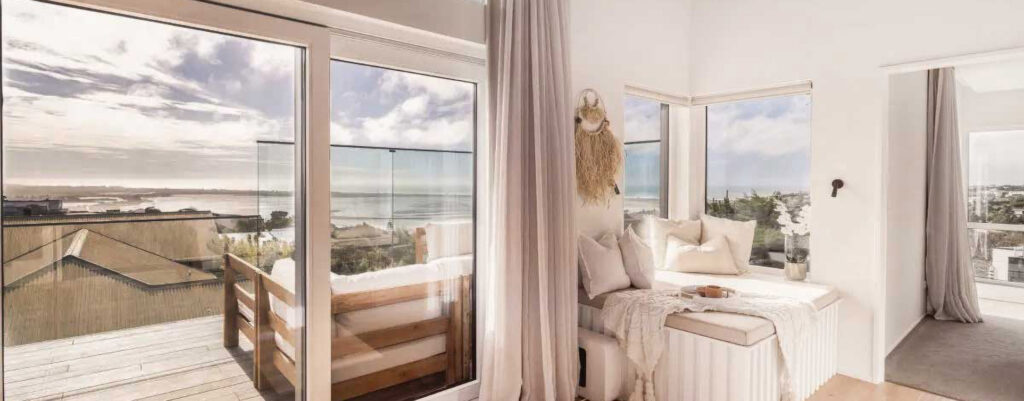
R-Value
R-Value: Measures resistance to heat flow. Higher values signify better insulating properties. Typical R-values are:
- R0.17 – 0.26 m2K/W for a single-glazed aluminium window
- R0.17 – 0.22 m2K/W for a single-glazed uPVC window
- R0.25 to 0.4 m2K/W for a double-glazed standard aluminium window
- R0.4 to 0.45 m2/W for a double-glazed uPVC window with standard double glazing
- R0.7 to 1.00 m2K/W for a double-glazed uPVC window with Low E and Argon glazing
- R1.10 to 2.0 m2K/W for a triple-glazed uPVC window
Solar Heat Gain Coefficient (SHGC)
The SHGC measures how much solar radiation passes through the window. A lower SHGC is ideal for homes in warmer regions, while a higher SHGC suits cooler climates.
Window Placement and Orientation
Strategic window placement can maximise energy efficiency. For example:
- North-facing windows capture sunlight in winter
- Overhangs or shading devices can prevent overheating in summer
Benefits of Installing Energy Efficient Windows

Investing in energy efficient windows provides numerous advantages:
- Cost Savings: Lower energy bills thanks to reduced heating and cooling needs
- Improved Comfort: Enjoy a draught-free home with consistent indoor temperatures
- Environmental Impact: Reduced energy consumption means a smaller carbon footprint
These benefits make energy-efficient windows a smart choice for both your wallet and the planet.
Frequently Asked Questions
How Can I Tell If My Windows Are Energy-Efficient?
Look for:
- ENERGY STAR® certification
- Low U-Value and high R-Value ratings
- Features like double glazing and Low-E coatings
What Is the Most Energy Efficient Window Frame Material?
uPVC frames are among the best for energy efficiency due to their excellent insulation and low maintenance requirements.
How Long Do uPVC Windows Last?
With proper care, uPVC windows can last 20-30 years or more. They are resistant to warping, moisture damage, and corrosion.
What Are the Best Windows for Keeping Cold Out?
Triple-glazed windows with Low-E coatings in uPVC frames are the most effective for insulating against the cold.
Conclusion
Energy efficient windows are a valuable investment for New Zealand homeowners. They reduce energy bills, improve indoor comfort, and contribute to a sustainable future.
Whether you choose double glazing, triple glazing, or Low-E coatings, ensure that the frame material and window placement align with your home’s specific needs.
Upgrading your windows is a step toward a more comfortable, cost-effective, and eco-friendly home. Consult a local expert for personalised advice and installation to maximise the benefits of energy-efficient windows.

